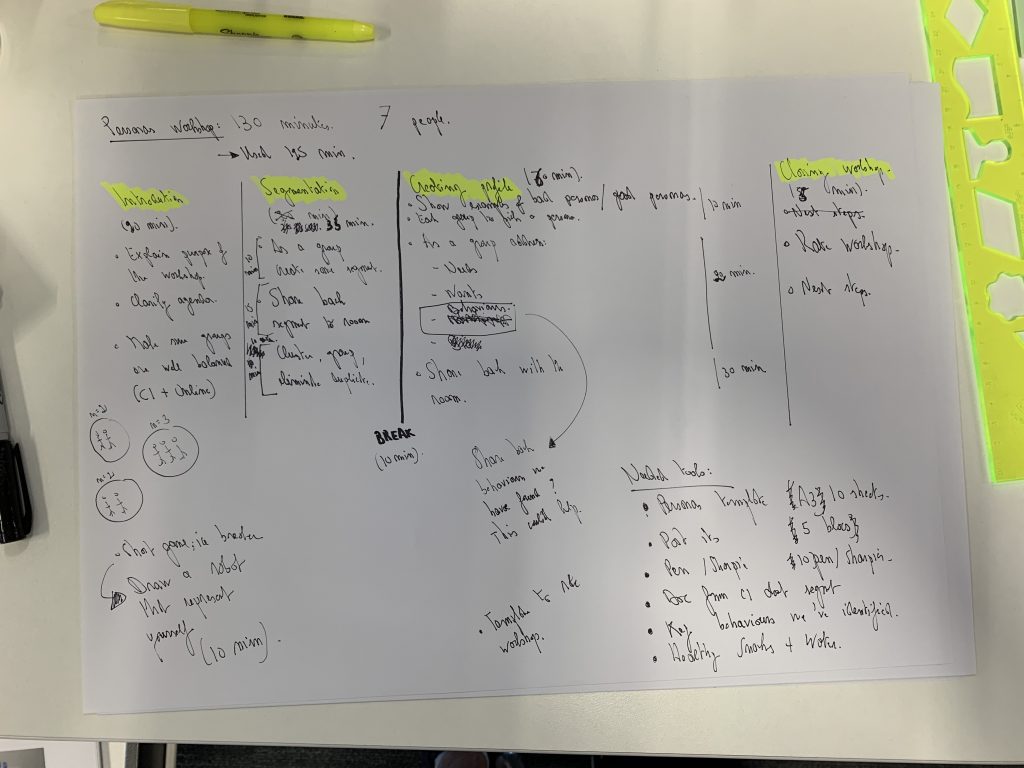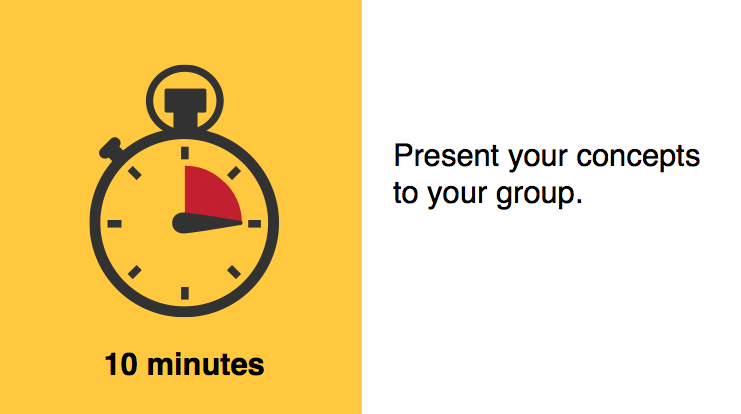Effective method to design a workshop
Designing a workshop is one of the great aspect of my job. It can be a small workshop with a squad, or a large workshop involving different departments; designing and running a workshop is always fun. Over the years, I took time to refine the way I design workshops, and I wanted to share my approach with you.
Because a workshop is an experience for many colleagues, they deserve something that could be one of the best moment of their day. I facilitated dozens of workshop, and it took me many successes and failures to find an effective approach.
In this article I will share my approach to design a good workshop.
Setting the scene
I start by writing down the number of participants, and the time I have to run the workshop. So far, I haven’t run workshop that’s lasted more than 4 hours. There are two reasons for this; a long workshop is demanding for those attending, and the cost associated to it can be high (number of colleagues * number of hours = cost).
I then focus on the outcome that the participants are going to produce, it is very important to be clear on the outcome before doing anything. Without a clear goal, there is pretty much no point pursuing the process.
Sequencing
I first visualise the sequence of events on a piece of paper. Visualising the workshop helps me designing the experience. Ideally I want to be able project myself into that sequence of events, and sense check how the activities are going to unfold.

Visualising the workshop on paper doesn’t have to be fancy, it is just a draft that helps me understand how the different activities are going to unfold and connect with each other.
Timing the activities
The next part is about finding the right timing for each activities, and make sure that I am still within the allocated timeframe. If I still struggle to put clear timing on an activity, I break down the activity into smaller parts, and add a time next to each part.
In my workshop, I always make sure that there is a break for the participants, it is an essential component of the experience.
With all the activities on paper, I can list all the “tools and templates” I need for the workshop. For example; 15 sharpies, a Proto-Persona template, a workshop evaluation form, etc.
Gathering feedback on the sequence
I then take a step back, look at the overall sequence, and if I am confident enough, I ask for feedback. The feedback will sometimes lead to a complete redesign, or simply result in a few adjustments. A fresh perspective always helps improving the workshop experience.


Creating a slide deck
Now it is time to convert all the work into a slide deck, I use a slide deck on the day of the workshop to guide the participants throughout the activities of the workshop. There are a couple of principles I use when creating the slide deck, for example, I always make sure I share the agenda at the beginning, I also add fun and colourful visuals on the slides to brighten the mood.

By now, I can share the agenda in advance with the participants to understand what will happen on the day. I also make sure that every participants are clear on the goals of the workshop several days in advance.
Running the workshop
This is the part that really reflects how much care and thought I have put into a workshop, this is the moment where all the magic is going to happen. A well designed sequence of events should feel; engaging, fun, collaborative and more importantly, productive.
Regardless if you are an introvert or extrovert, take the time to rehearse before facilitating a workshop. I would go as far as locking myself in a room, and start rehearsing different ways to announce the activities, keep track of time, get the focus back in the room, etc. With time, these rehearsals won’t be needed as much.
There are many ways to prepare and facilitate a workshop, but this will deserve another blog post or even a book to talk about facilitation alone.
It is good to remember that facilitation is key. You can have a well designed workshop, but without a great facilitation, you will negatively impact the experience, thus the quality of the outcome.
Collecting feedback after the workshop

After running a workshop, I always collect feedback from the participants; the feedback gives me precious insights about the quality of the facilitation, format, and opportunity for improvement.
Letting others inspire me
Throughout the year, I have met amazing workshop designers, Justin Cheong and Natalie Gibbs who had a great influence on me. Outside Australia, I also found plenty of inspiration in Dave Gray’s book; Gamestorming.
How would you rate this post?